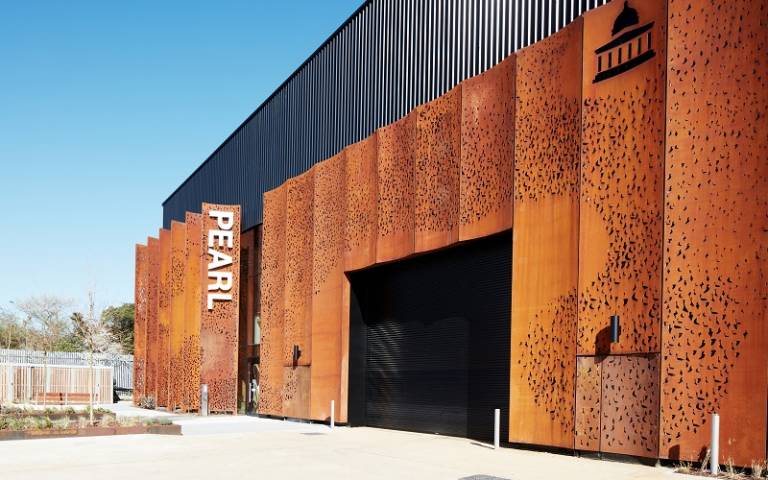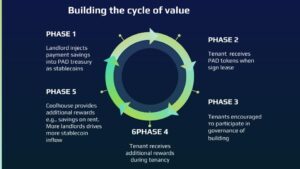It has long been thought that digital technologies could be harnessed to break the cycle of litigation that is endemic in the construction industry. In 2006, the paper E-legal services, Dew and Barnett set out an architecture that could be used to automate an AI enabled mediation process which envisaged a high level service based network for dealing with situations where negotiation had broken down and the parties resolve to go to law. [E-Legal Services].
In ‘Algorithmic Dispute Resolution: the Automation of professional dispute resolution using AI and Blockchain’, Barnett and Treleaven divided dispute resolution into consumer ODR [Online Dispute Resolution] Judicial ODR where there is a hearing but outside the courtroom and Corporate ODR where the technology is used to manage the resolution of contractual disputes that may emerge from multi-partner projects or financial transactions such as major property developments. The CBC [Construction Blockchain Consortium] was established at the Bartlett Faculty of the Built Environment, UCL to investigate the potential for such innovative use of ‘deep tech’ but concluded that there was not yet sufficient appetite in the construction sector to abandon the current preference for litigation in a dysfunctional market.
Professor Alan Penn however identified the potential of blockchain technology to encourage collaborative behaviour in the construction sector because of what is known as the Panopticon effect, described by the philosopher Jeremy Bentham, where a prison can be designed so that one guard can see into every cell, but no individual prisoner knows he is being watched (now made possible by cctv). Through this seemingly constant observation and knowledge that all data would eventually be disclosed, society could be altered as people anticipate that good behaviour will be
rewarded and bad behaviour will inevitably be exposed. [Ethic Explainer: the Panopticon] [UCL the Panopticon]PIM search fire safety 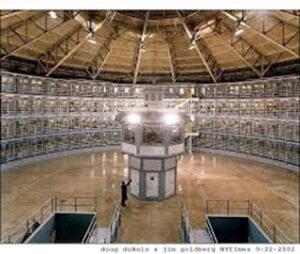
In 2020 RPL set up a new consortium to consider the use of emerging ‘frontier technologies in the Real Estate Sector at UCL, called ‘Digital Disruption@BREI’.
Research conducted by the consortium identified a desire to consider the use of deep tech for a number of potential related uses including the automation of regulation and ESG design building management operation and investing. As it became apparent that there is a hidden value in the data, the potential benefits in establishing a collective approach to the collection of data itself fosters a climate of collaboration which results in ‘dispute avoidance’ which was the subject of a break out group in the second workshop conducted by the consortium.
Conflict avoidance is about planning and the adopting proactive approaches such as risk analysis, use of risk registers and seeking to avoid escalation by speed of resolution. It is anticipated that the collection and verification of critical data by consensus as used in the UCL Peal demonstrator (below) gives all parties the opportunity to identify ‘pinch points’ at an early stage, and resolution of such issues, rather than ‘kicking the can down the road’ and encouraging substantial and expensive litigation in due course.
Use Case: Newcastle Helix Smart City project
The Newcastle Helix project [Helix] is Newcastle’s flagship development and the only city-centre quarter of its kind in the UK. It was designed as a ‘living laboratory by its partners, the Newcastle City Council, Newcastle University and Legal & General. The city boasts the largest implementation of IoT sensors in Europe with over 1000 in Newcastle and Gateshead, measuring 60 indicators from air quality, to biodiversity and flooding. These sensors make 2000 observations every minute and to date have collected over a billion observations to date.
Data science is one of the cornerstones of Newcastle Helix. Across the development are facilities to support businesses looking to capture and mine data or collaborate with specialists to gain insight through the data they have. Almost £100m funding has been achieved in data research. The vision now is to use data to help improve the lives of citizens, boost the region’s economy and create opportunities for businesses to collaborate around smart cities.
There are number of elements to this project including:
The National Green Infrastructure Facility [NGIF] –
Observations and findings are being used to inform decisions around sustainable drainage systems and green infrastructure, to prepare for extreme weather events an expected impact of climate change. Linked with a national network of Urban Observatories across the country, ‘big data’ analytics provided by the sensors installed around the city.
Research projects include.
- Study of green roof approaches, blue roof and urban agriculture
- Demonstration of climate change adaption options
- Investigation of the role of green walls and living walls in urban flood management
- Testing surface water management infrastructure
- Study of internal smart devices to manage water use more sustainably within a building
- Understanding surface water drainage infrastructure including pipes, drains, water storage and water filtering
- Testing runoff controls for the movement of water through streets
- Running a series of ‘what-if’ experiments and scenarios and gathering data for effectiveness studies.
The Urban Sciences Building [USB]
The Urban Sciences Building (USB) is an exemplar of world class research and education in computing, digital technology and engineering. It is demonstrating best practice for ‘digitally enabled urban sustainability’.
Situated on a site that was once a colliery and later the Scottish & Newcastle Brewery, it is transforming this area in the heart of Newcastle into a thriving quarter for research, business and innovation. Newcastle University has brought together cutting edge areas of research and education in computing, energy, water, digital urban sensing and infrastructure to discover solutions for global challenges. It is producing the next generation of leaders for the digital age.
Completed in summer 2017, the USB is driving critical programmes of research and innovation working with stakeholders in government, business, industry and communities. It is revolutionising how cities will look, behave and interact within their environment to improve life for communities and create opportunities for sustainable economic growth.
The USB contains one of the world’s leading schools of computing alongside a series of innovative research labs to inform urban infrastructure, industry and policy, and provides an evidence base to be used by city planners and future developers. No other building in the world draws together these types of facilities in an integrated way. The building itself is a lab for innovative research that has wide applications for business, industry and urban communities.
Containing over 4,000 digital sensors, (http://3d.usb.urbanobservatory.ac.uk) computing technology is embedded throughout the structure, making it one of the most monitored and high-performance buildings in the country. The USB and surrounding area underpins research to make urban centres more sustainable for future generations. The building is designed for teaching, laboratory research, events and testing real-time smart technologies for urban sustainability. Research at the USB is working with stakeholder partners to address global challenges for cities including: • environmental sustainability • quality of life • security • sustainable economy.
The Urban Observatory [The Urban Observatory]
Newcastle University’s Urban Observatory (one of six current Urban Observatories and lead institution) utilises the paradigm of Internet of Things to gather data from sensor on many urban metrics including flooding, air pollution, traffic flows, pedestrian counts and even the behaviour of bees so that informed decisions can be made as we develop our cities for the future. With 70% of people living in cities by 2050, this work is vitally important to ensure that informed decisions can be made to protect the environment as urban areas are developed. It specifically addresses the “smart city” challenge through computer science and engineering challenges (how, what and where to sensor, data management and comms, cybersecurity) and how these new data can inform policy and practices through close working relationships with city stakeholders e.g. understanding the implications of congestion charging across spatial and temporal scales and the impacts on different sectors. Ultimately the goal is to support evidence-based decision making and to understand the efficacy of interventions. The Urban Observatory in Newcastle is Europe’s foremost IoT testbed and real-world urban sensing environment (http://newcastle.urbanobservatory.ac.uk).
Funded in partnership with UK collaboration for Research and on Infrastructure and Cities (UKRIC), the Observatory is the largest deployment of sensors in the UK and the largest set of open environmental data in the world.
The Biosphere [The Biosphere]
The Biosphere Newcastle is a specialist facility tailored to the commercialisation of life sciences and innovation, research and development in the North East of England’s regional and economic capital. A home for ambitious companies within life science and innovation, research and development. A 90,000 sq ft purpose-built facility with both commercial laboratory and office space.
Ambitious plans for a multi-million pound regional ‘COVID’ hub – the first of its kind in the country – have recently been unveiled by Newcastle Hospitals and Newcastle City Council. Serving the North East, north Cumbria, Yorkshire and Humber, the laboratory will deliver high-volume, rapid turnaround of COVID-19 tests, with the capacity to process up to 80,000 tests a day if needed.
As well as creating an integrated system for increased testing and tracing – which will include a new lab based in Gateshead – the hub will also include a specialist innovation lab at the Helix site in Newcastle, tailored to develop new approaches for the next stage of COVID science and beyond. This will place the region in a strong position to prepare for future infectious disease risks.
National Innovation Centre for Data [National Innovation Centre for Data]
The National Innovation for Data was funded by £15m from central government and £15m from Newcastle University. It aims to transfer practical data skills into the workforce of private and public sector organisations and open access to a vibrant data ecosystem.
Case studies include;
- In 2017, LKQ, a Fortune 500 corporation, embarked on a project with the National Innovation Centre for Data to help it discover valuable insights into the company’s data.
- Connected Energy specialises in technology systems for grid decarbonisation. They analysed data from second life EV batteries to predict future capacity and monitor battery systems and recommended methods of validation of data.
The District Energy Centre
A centralised energy system that will explore emerging energy technologies.
Use Case RPL/UCL Estates Pearl Project [UCL Pearl]
PEARL (Person-Environment-Activity Research Laboratory) — UCL’s first net-zero carbon in-use building — is a unique, urban prototype laboratory for the creation of fullsize environments to test how people use infrastructure and cities. The UK Collaboratorium for Research on Infrastructure and Cities (UKCRIC) is the basis for the UK Government’s investment in PEARL. UKCRIC is a set of new laboratories currently spread amongst 14 universities in the UK, designed to enable innovative research to drive the investment of £600bn in infrastructure in the UK over the next 50 years. PEARL will be the UCL element of the UKCRIC facility.
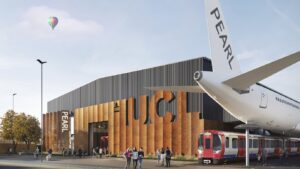
Opened in 2021, this unique facility explores the ways in which people interact with their environment. It allows researchers to engage with the public to discover what activities people want or need to do, and the ways in which the environment helps or hinders them. From this knowledge researchers will then be able to apply and test the ways in which the environment can be designed to enable people to live with a greater quality of life. At approximately 4,000sqm, and 10m high, this unique, reconfigurable lab has been designed for multi-scale research into access and mobility in its broadest sense, from navigating kerbs in wheelchairs to observing people flow in, off and within transport to improve train design and maximise space inside aircraft. The facility encourages the local community to engage with the research as participants.
PEARL will study interactions at a micro-scale, such as brain activity, skin response, mass-distribution in the foot, or emotional responses. The physical displacements of people in response to environmental design (what they see, touch, hear, smell or feel) or to dynamic conditions (such as explosions, instructions or exogenous movements) will also be studied. In turn, the effects of design on people will be studied — capacity, flow, behavioural responses — or the effectiveness of therapies (e.g. remediation of locomotory, eye or hearing conditions) in the course of a person’s daily lived activities, and to research in detail the impacts of the environment on stress, contentment, fear, safety, and other perceptions, (e.g. fairness, culture, inclusion, or navigation).
PIM for UCL Estates.
PEARL was a UCL Estates Project which was built using a stage gateway project management system. As Blockchain is a state transition machine, RPL concluded that the best way to collect all relevant data through the construction of the project and record and validate each stage, was to design a workflow which recorded every relevant document and decision in real time, into the blockchain.
On top of this authenticated data base, RPL designed a search engine which allowed the owner of the dataset (here UCL Estates) to identify all relevant data around any topic, including file notes, emails, plans and records of meetings which had been independently verified by the entire project team.
Each stage gateway was reduced into 6 or 7 steps where the Project Officer circulated minutes and documents for the next stage gateway review. Every team member was provided with all relevant information and had to confirm in the stage gateway meeting that they had seen every relevant document (having had the opportunity to upload new material that had been overlooked).
It is therefore possible to identify not only that every document has been seen and approved by all parties, it is possible to identify when that approval and verification took place. This was called PIM (Project Information Modelling) TM as it is the next logical extension to BIM (Building Information Modelling) where the BIM dataset can be used to inform detailed search into relevant questions that may arise during complex litigation.
In this way, for the first time, all relevant data from a construction project has been retained in the blockchain for use in automated compliance, regulation and litigation that may arise in future.
PIM front end image.
PIM Fire Safety seach
PIM approvals
For further information or a live demo please email Jeremy.Barnett@resilience-partners.co.uk


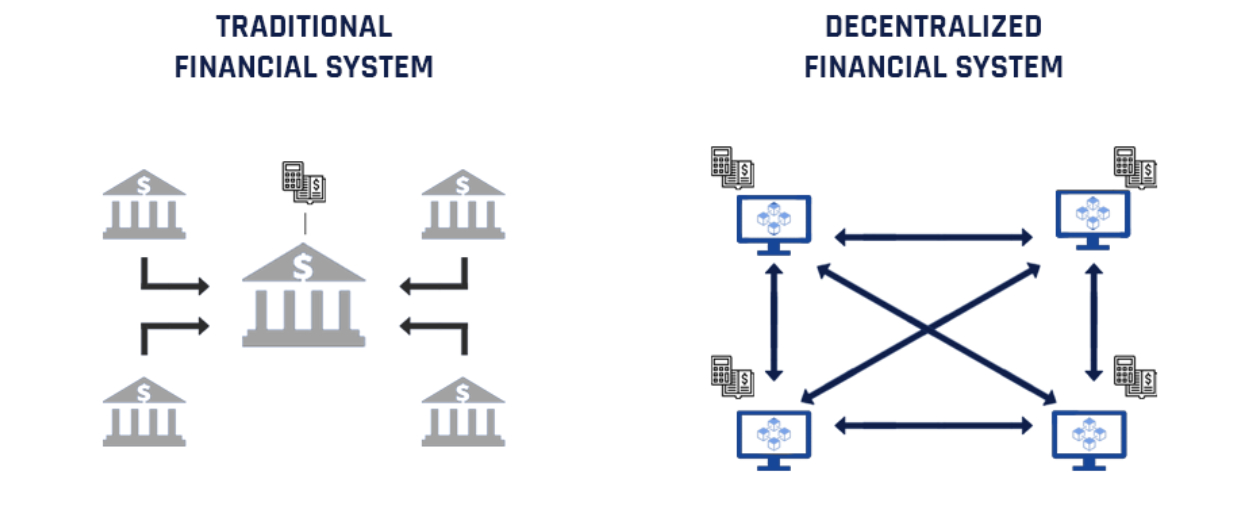

.png)
.png)

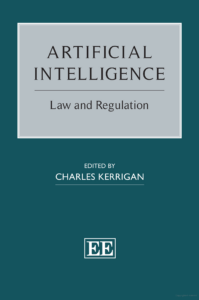 https://www.e-elgar.com/shop/gbp/artificial-intelligence-9781800371712.html
https://www.e-elgar.com/shop/gbp/artificial-intelligence-9781800371712.html